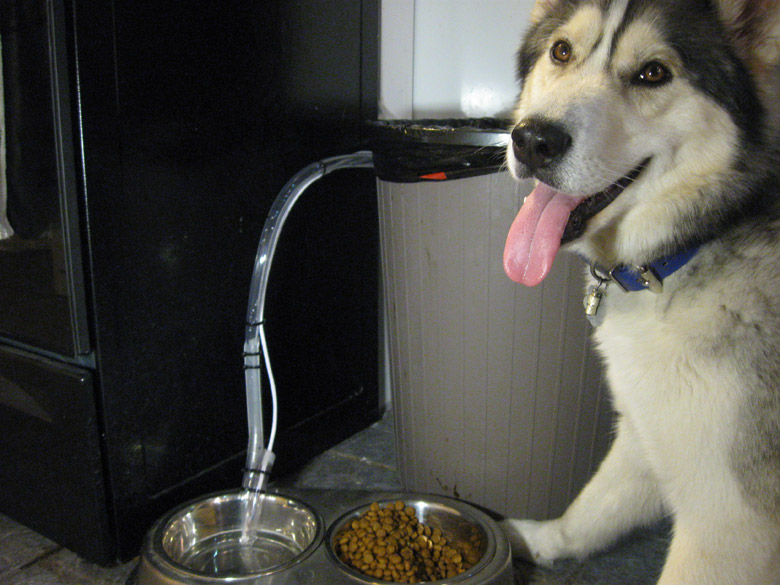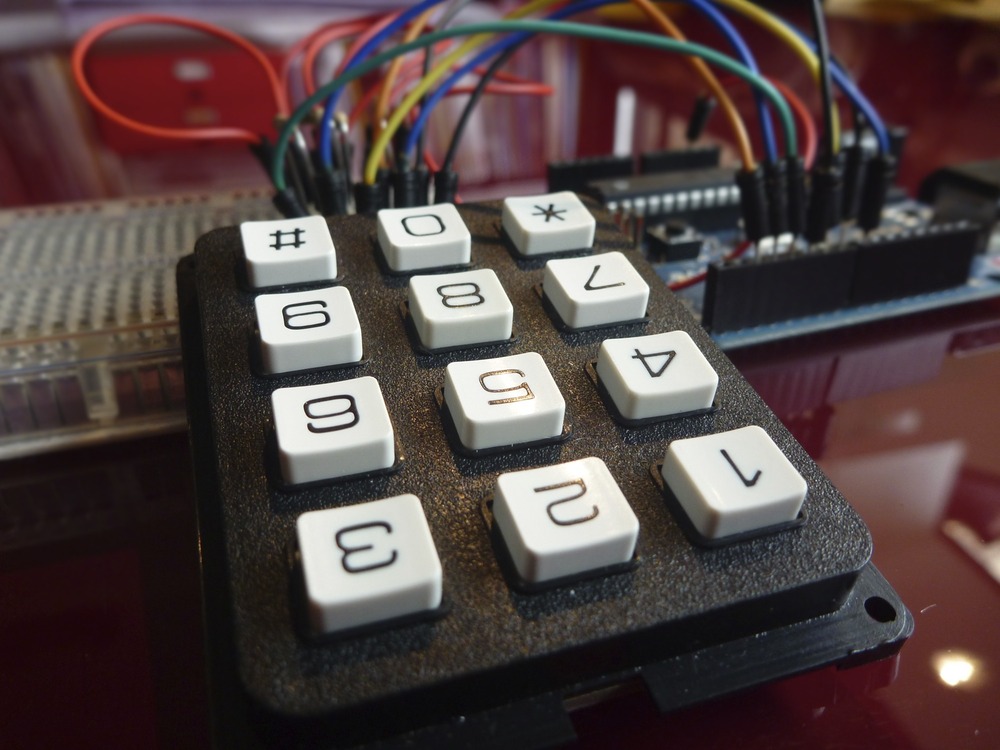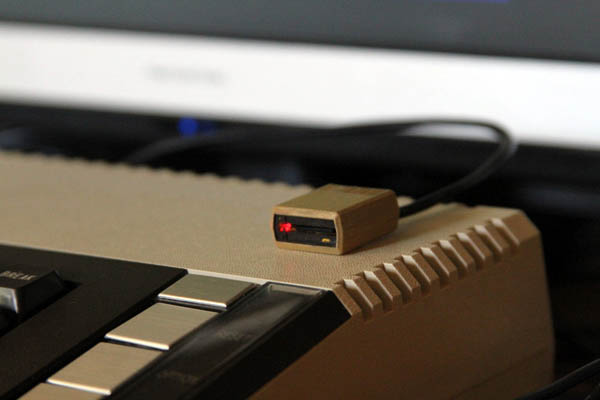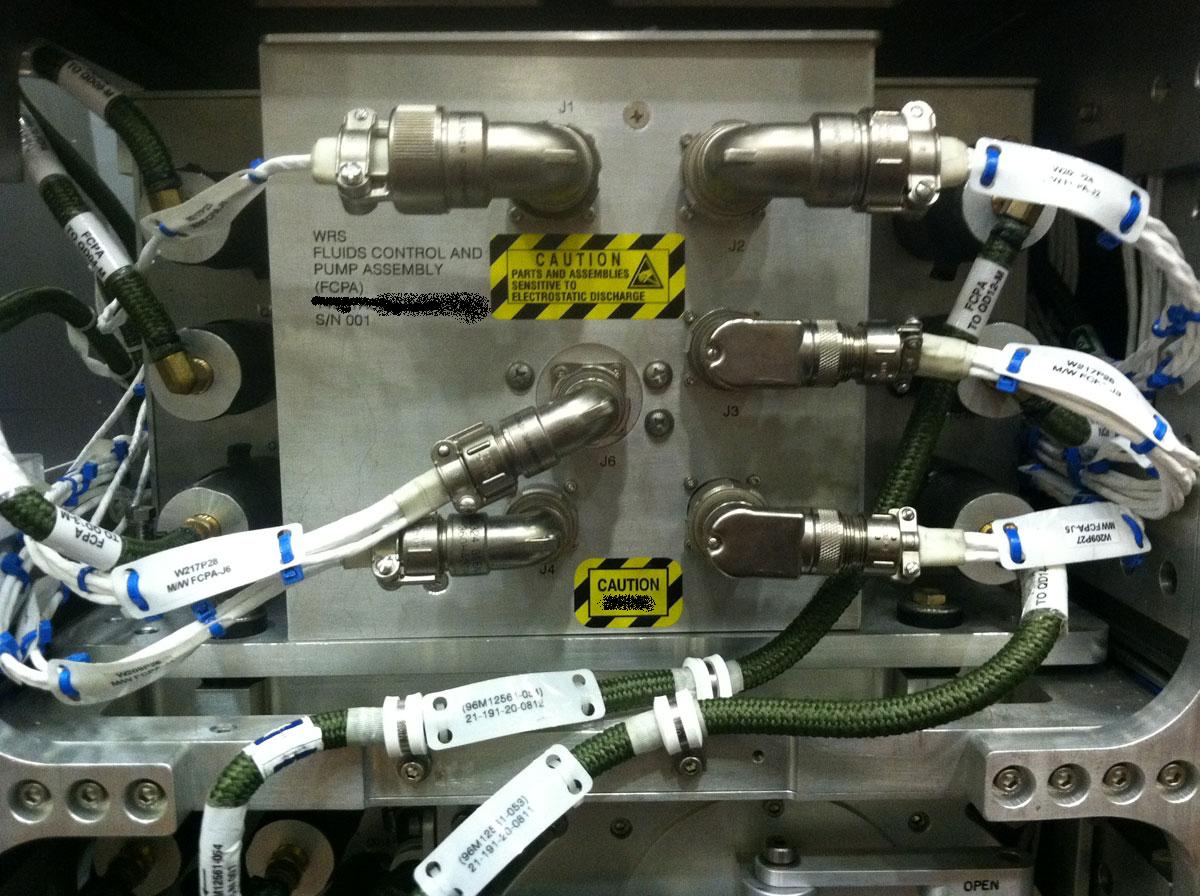Automatic Pet Water Dish Filler
Keeping our cat’s water dish topped up is my daughter’s job but it would be something that would be nice to automate. Only thing I would always be scared about is if a sensor went bad or there was some bad code that caused the thing to run for 5 or 6 hours when I was out… I guess having a limited reservoir size would be one way to limit







